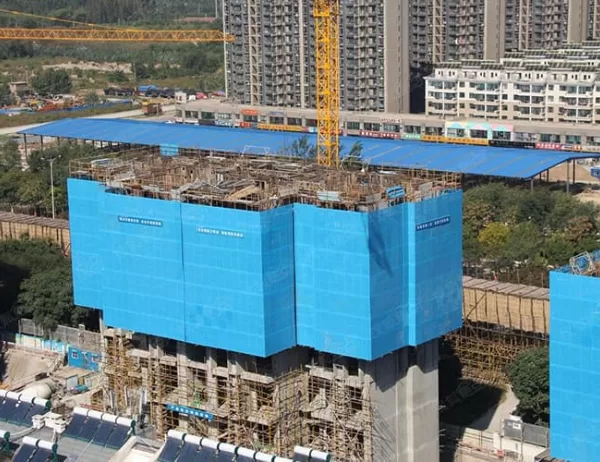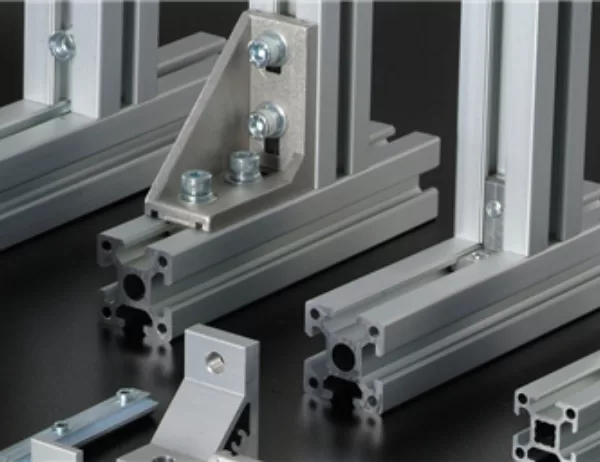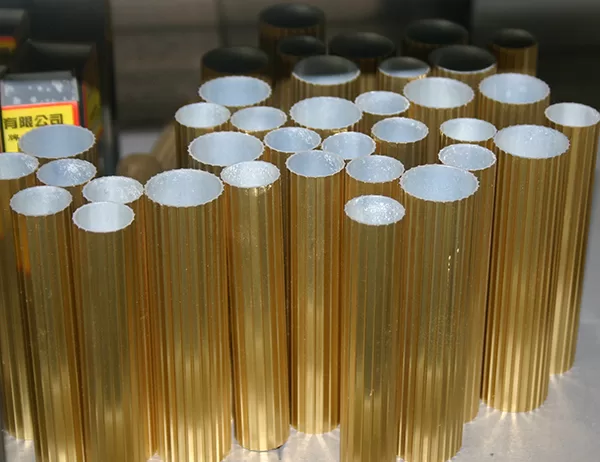In various industrial applications, thermal management plays a crucial role in ensuring the efficient operation and longevity of equipment. Extruded aluminium tubes, with their exceptional thermal conductivity, have emerged as a popular choice for thermal management solutions due to their versatility and cost-effectiveness. This article delves into the significance of thermal management in applications of extruded aluminium tubes, exploring its benefits, design considerations, and specific applications across various industries.
Extruded aluminium tubes offer numerous advantages for thermal management:
High Thermal Conductivity: Aluminium has an inherent high thermal conductivity, allowing it to efficiently transfer heat away from sensitive components.
Lightweight and Durable: Aluminium is a lightweight material that can withstand high temperatures and extreme environments without compromising its structural integrity.
Corrosion Resistance: Aluminium tubes are highly resistant to corrosion, ensuring long-term performance in harsh conditions.
Versatile Design: Extruded aluminium tubes can be customized to meet specific shape, size, and channel requirements.
When designing thermal management systems using extruded aluminium tubes, several factors need to be taken into account:
Heat Transfer Rate: The dimensions and geometry of the aluminium tubes should be optimized to maximize heat transfer rate.
Fluid Flow: The design should facilitate efficient fluid flow within the tubes to dissipate heat effectively.
Tube Wall Thickness: The thickness of the aluminium tube walls affects heat transfer efficiency and structural integrity.
Fin Configurations: Integrated fins or heat sinks can enhance the surface area and improve heat dissipation.
In electronics and semiconductor industries, extruded aluminium tubes are widely used for cooling high-power components:
Heat Sinks: Aluminium tubes function as heat sinks, transferring heat from electronic components to the surrounding air or liquid coolant.
Cold Plates: Cold plates made of aluminium tubes remove heat from delicate components, such as microchips, ensuring stable operation.
Heat Exchangers: Extruded aluminium tubes are used in heat exchangers to transfer heat between different fluids, enhancing cooling efficiency.
In the automotive and aerospace industries, extruded aluminium tubes contribute to thermal management in:
Engine Cooling: Aluminium tubes are employed in engine cooling systems to dissipate heat from the engine and maintain optimal operating temperatures.
Transmission Cooling: Transmissions generate significant heat, and aluminium tubes are used to dissipate this heat and prevent overheating.
Cabin Air Conditioning: Aluminium tubes are used in air conditioning systems to distribute cool air throughout the cabin.
Thermal management in applications of extruded aluminium tubes is essential for ensuring the optimal performance and longevity of equipment in various industries. The high thermal conductivity, lightweight nature, and corrosion resistance of aluminium tubes make them an ideal choice for thermal management solutions. By carefully considering the design parameters and specific application requirements, extruded aluminium tubes can effectively dissipate heat, prevent overheating, and contribute to the overall efficiency and reliability of systems.




